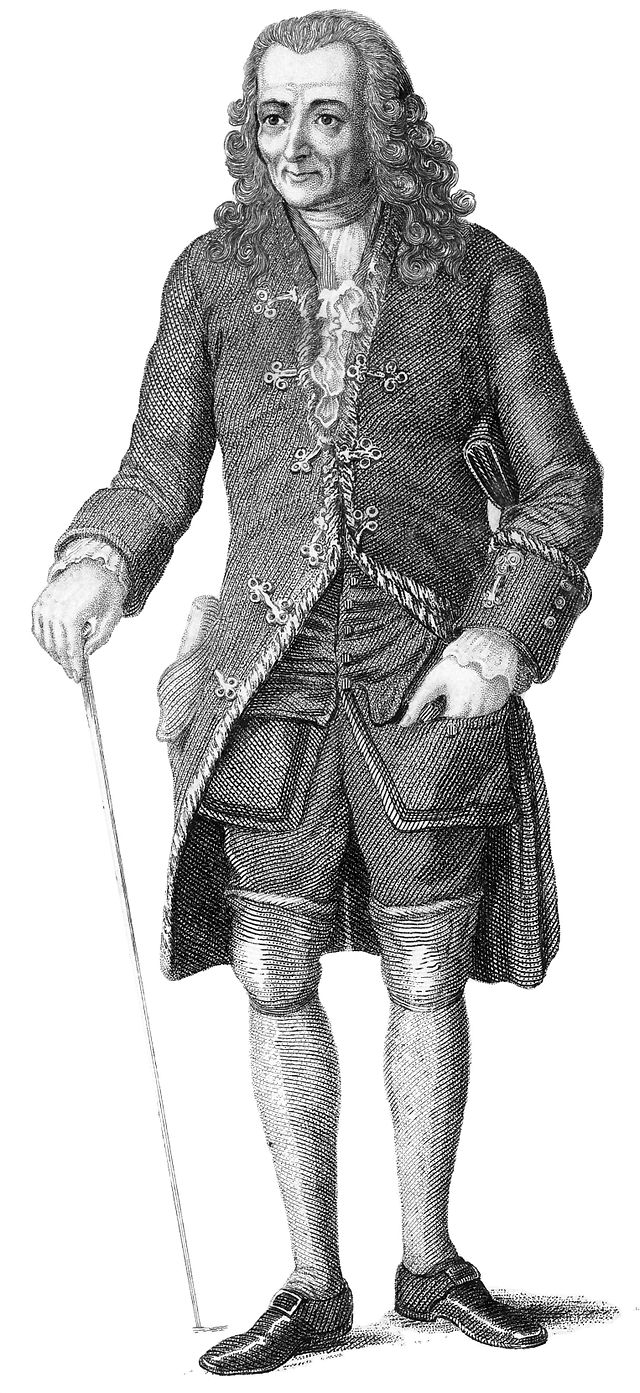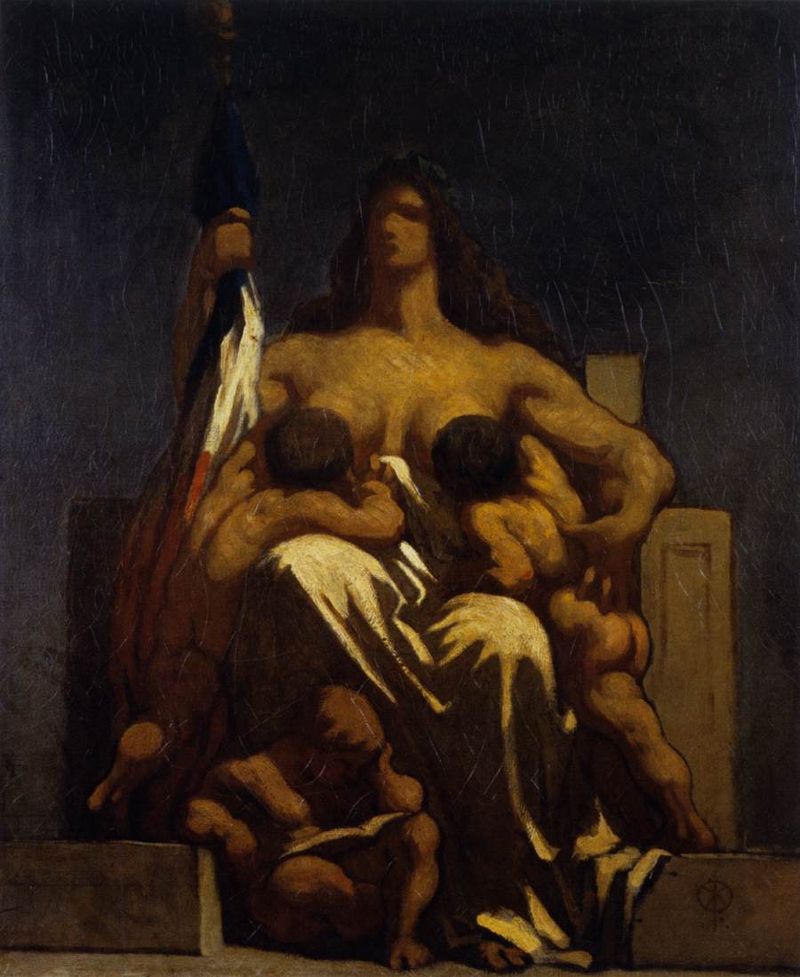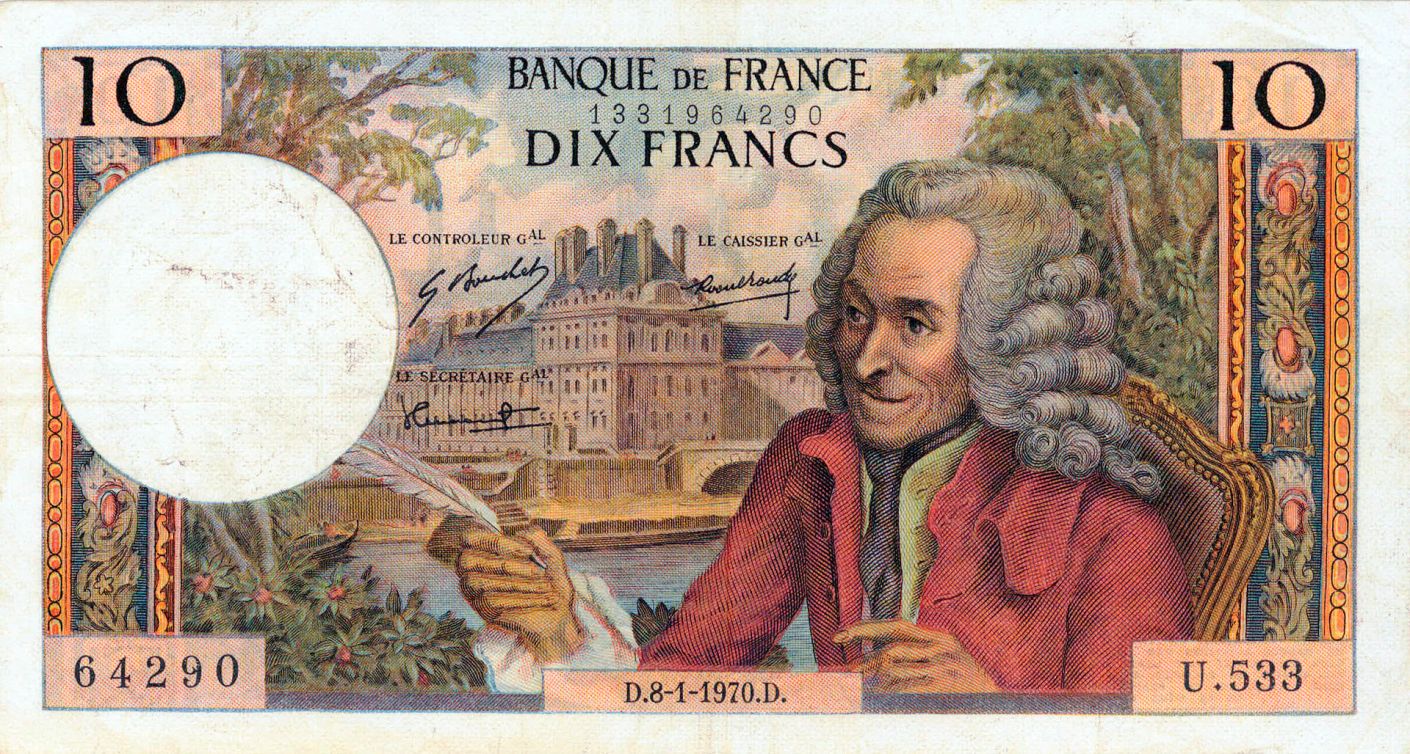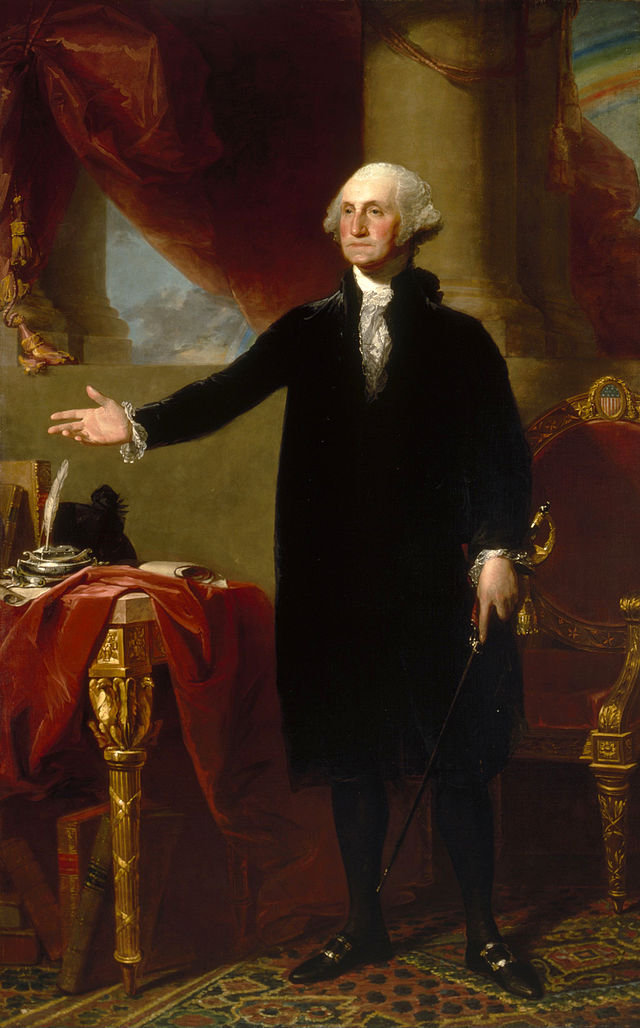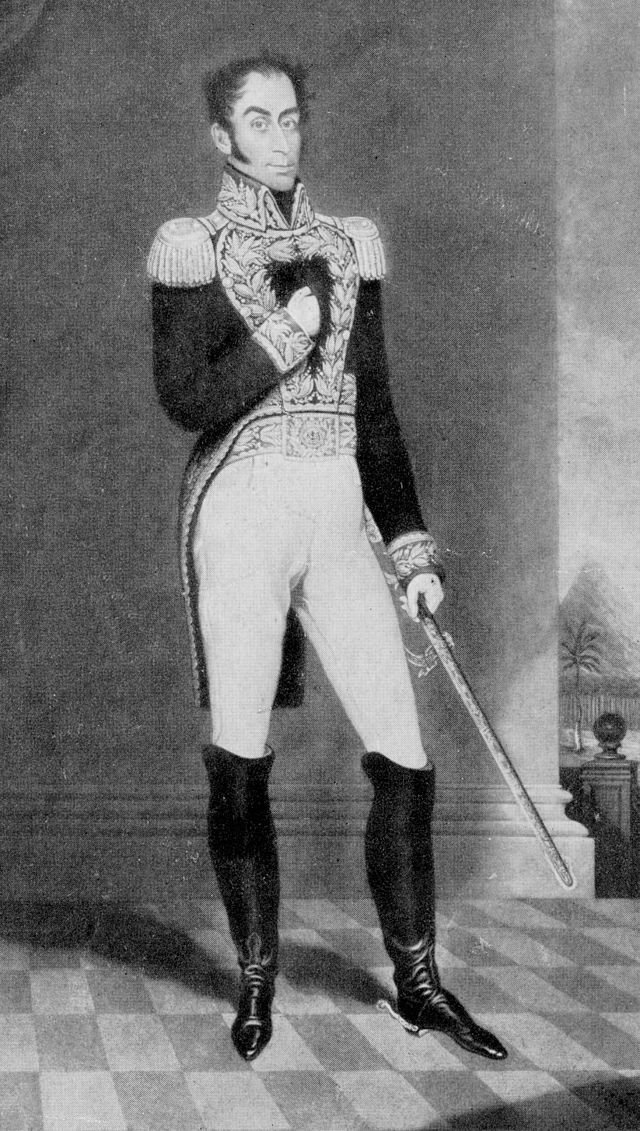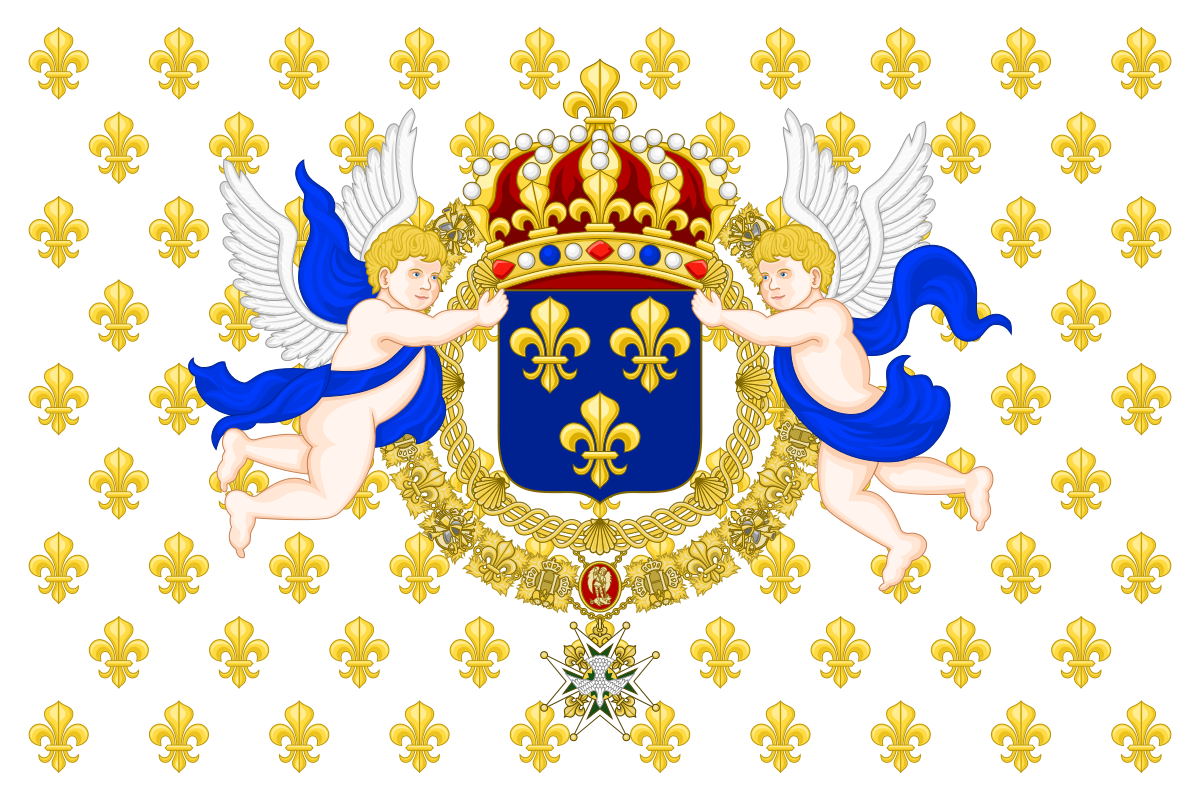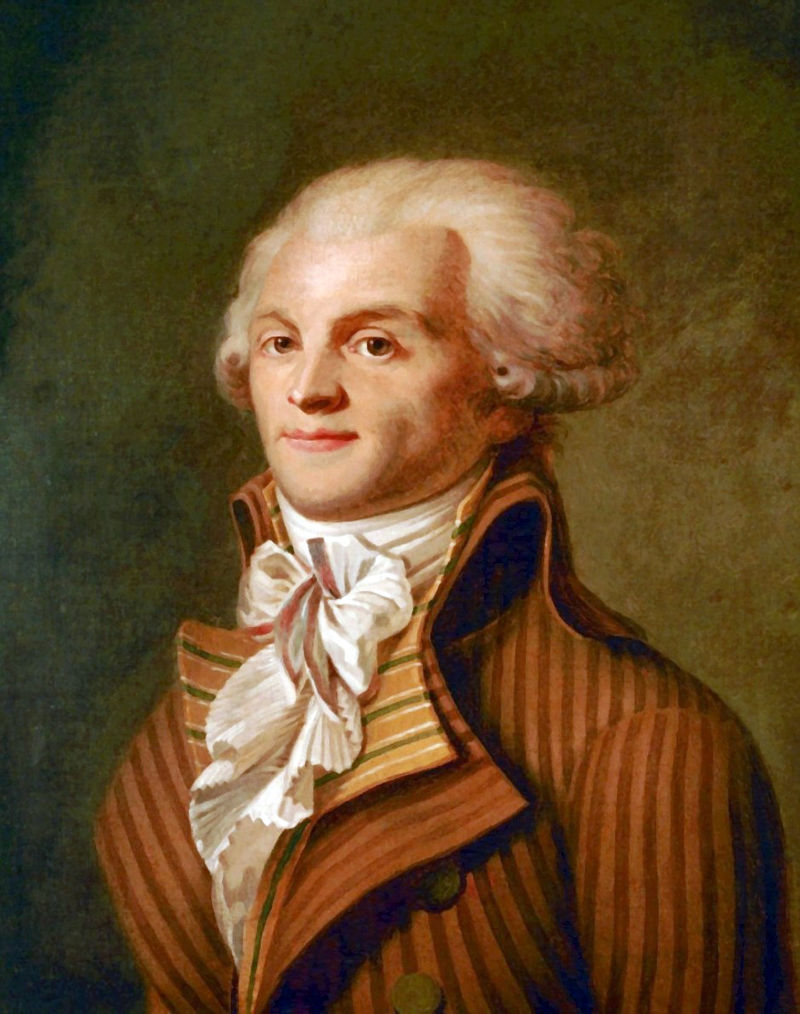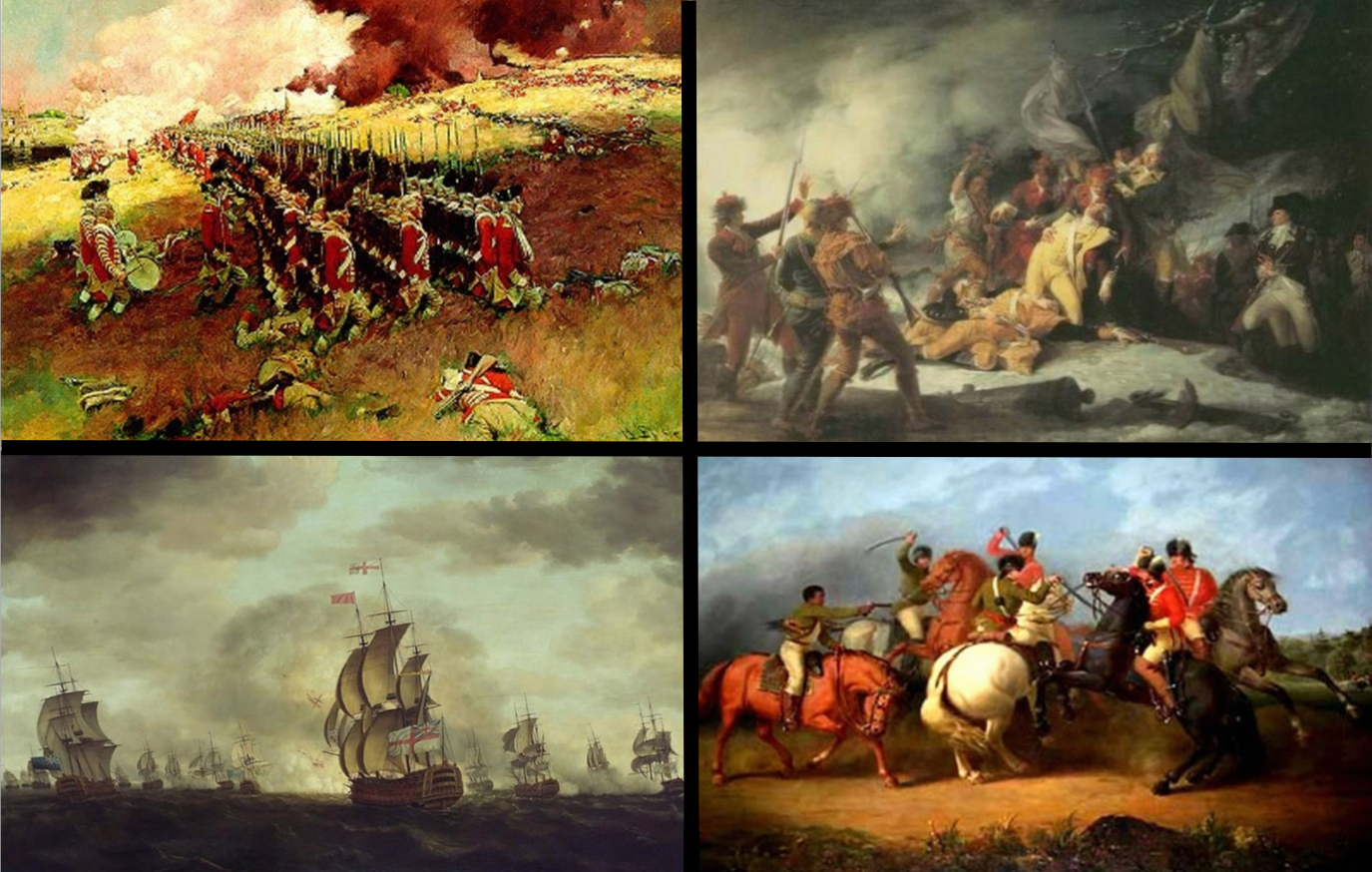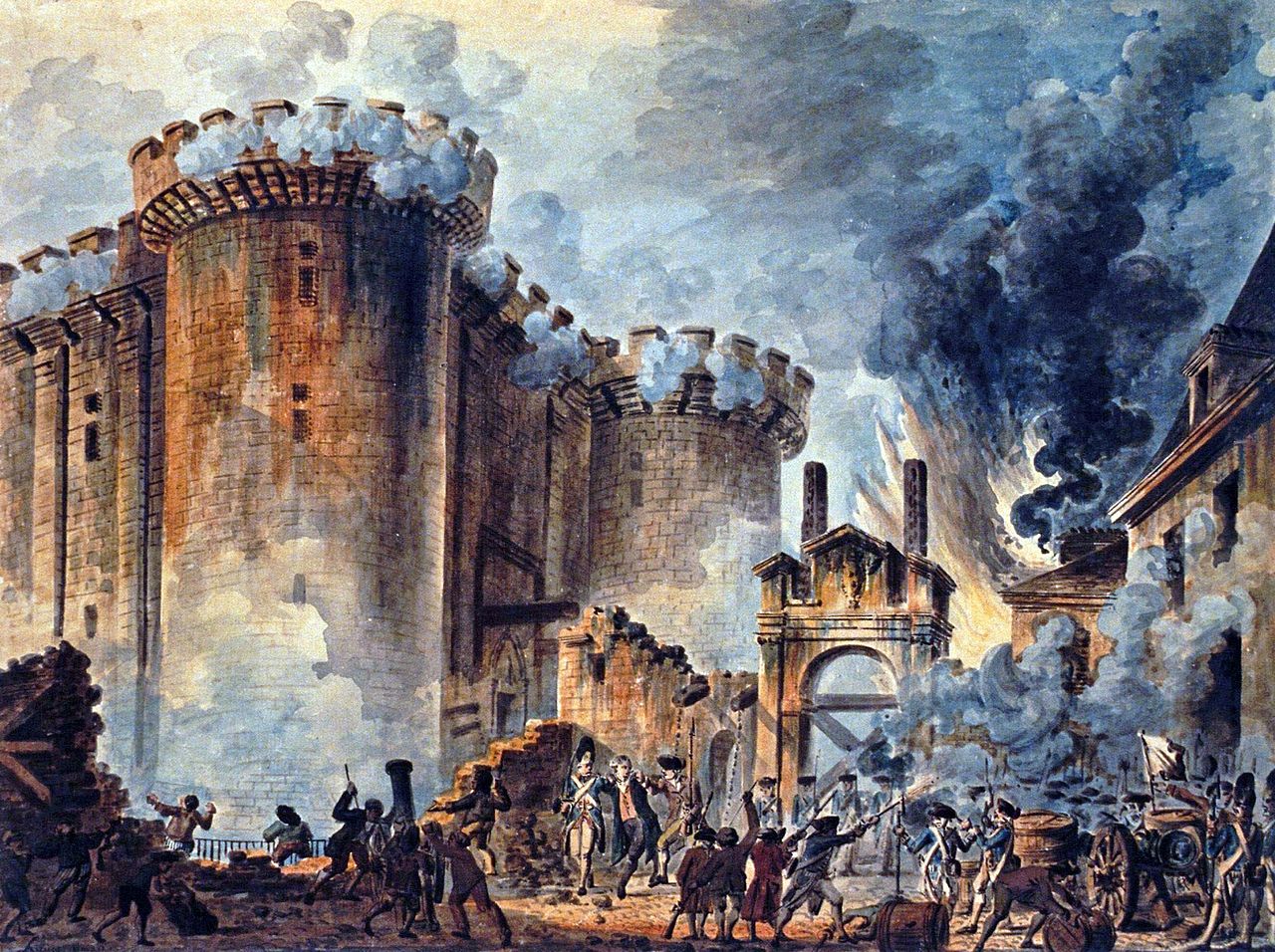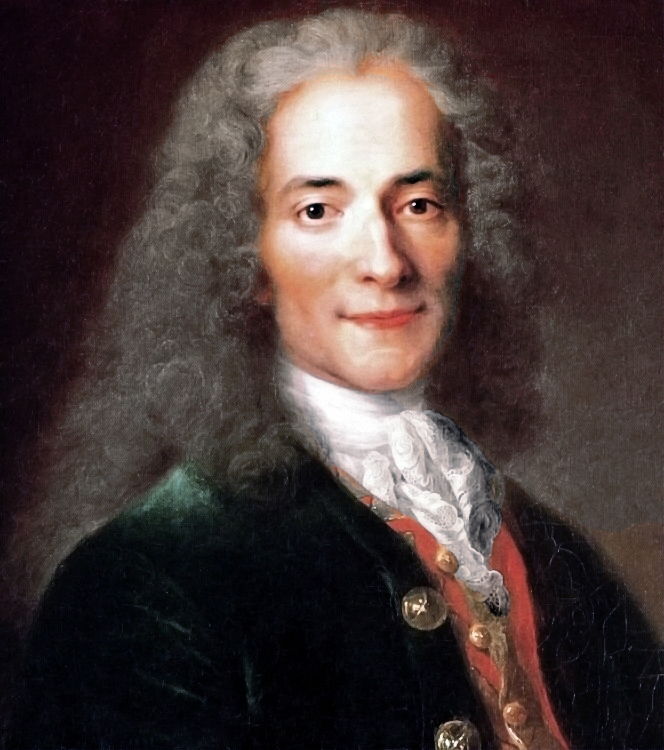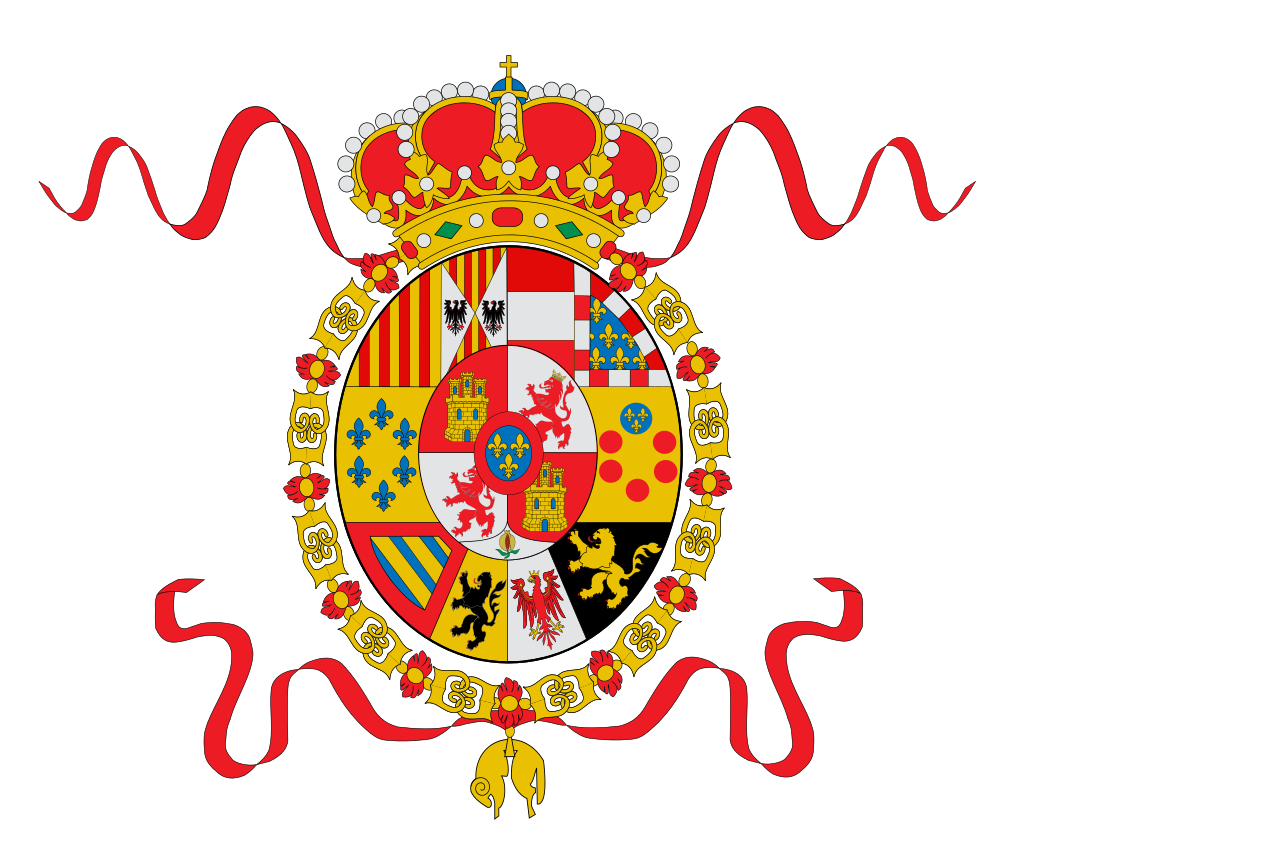Español – inglés
PALABRA Ó FRASE Nº 517
BRAZO nombre ‘ARM’ : se ha roto un brazo, he’s broken his arm.
* CON LOS BRAZOS ABIERTOS, with open arms.
Cartas de Catón
Cartas de Catón (Cato’s Letters) fueron ensayos de los escritores británicos John Trenchard y Thomas Gordon, publicados desde 1720 hasta 1723 bajo el seudónimo de Catón (95-46 AC), el enemigo implacable de Julio César y un famoso y tenaz defensor de los principios republicanos. Las Cartas son consideradas una obra fundamental en la tradición la Commonwealth men (grupo de reformistas protestantes y republicanos británicos). Los 144 ensayos fueron publicados originalmente en el London Journal, después en el British Journal. Estos ensayos periodísticos condenaron la tiranía y promocionaron los principios de libertad de conciencia y libertad de expresión, fueron el principal vehículo para la difusión de los conceptos que habían sido desarrollados por John Locke.1
Las Cartas fueron recogidas e impresas como Ensayos sobre la libertad, civil y religiosa.2 Una medida de su influencia está atestiguada por seis ediciones impresas en 1755. Una generación más tarde sus argumentos influyeron enormemente en los ideales de la Revolución Americana,3 se estima que la mitad de las bibliotecas privadas en las colonias americanas contenía volúmenes encuadernados de las Cartas Cato en sus estantes.
“Cato” se consignó más tarde como un seudónimo en una serie de cartas al New York Journal entre 1787 y 1788 oponiéndose a los puntos de vista de James Madison, e instando en contra de la ratificación de la Constitución de Estados Unidos. Muchos historiadores atribuyen estas cartas a George Clinton, aunque su autoría no ha sido definitivamente demostrada. Estas cartas no tienen relación con las cartas de Trenchard y Gordon.4
El Instituto Cato, de Washington, DC, un instituto fundado por Edward H. Crane en 1977, toma su nombre de las Cartas de Catón.5
================================EN INGLÉS================================
Letters of Cato
Letters of Cato (Cato’s Letters) assays were British writers John Trenchard and Thomas Gordon , published from 1720 to 1723 under the pseudonym Cato (95-46 BC), the implacable enemy of Julius Caesar and a famous and tenacious defender principles Republicans . Letters are considered a seminal work in the tradition of the Commonwealth men (group of British Protestant reformers and Republicans). The 144 trials were originally published in the London Journal, later in the British Journal. These journalistic essays condemned tyranny and promoted the principles of freedom of conscience and freedom of expression were the main vehicle for the dissemination of the concepts that had been developed by John Locke .
Letters were collected and printed as Essays on liberty, civil and religious. One measure of his influence is attested six editions printed in 1755 . A generation later arguments greatly influenced the ideals of the American Revolution , it is estimated that half of the private libraries in the American colonies containing bound of the Cato Letters volume on their shelves.
“Cato” was recorded later as a pseudonym in a series of letters to the New York Journal between 1787 and 1788 opposing the views of James Madison , and urging against the ratification of the U.S. Constitution . Many historians attribute these letters to George Clinton , although his authorship has not been definitively demonstrated. These cards have no connection with the letters of Trenchard and Gordon.
The Cato Institute , Washington, DC, an institute founded by Edward H. Crane in 1977 , is named for Cato’s Letters.

